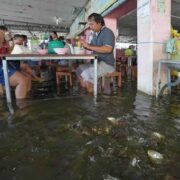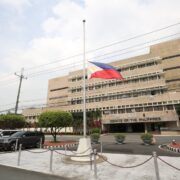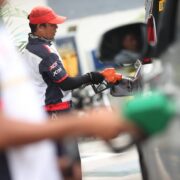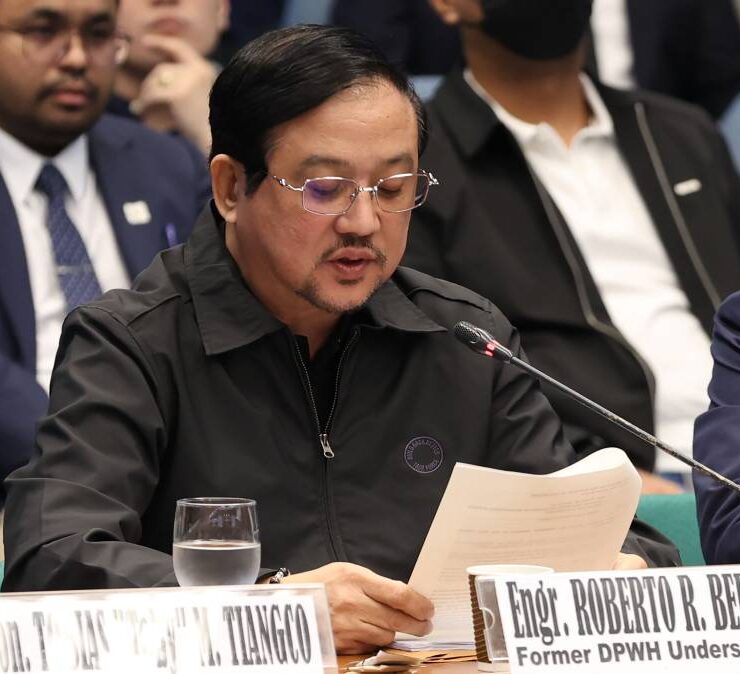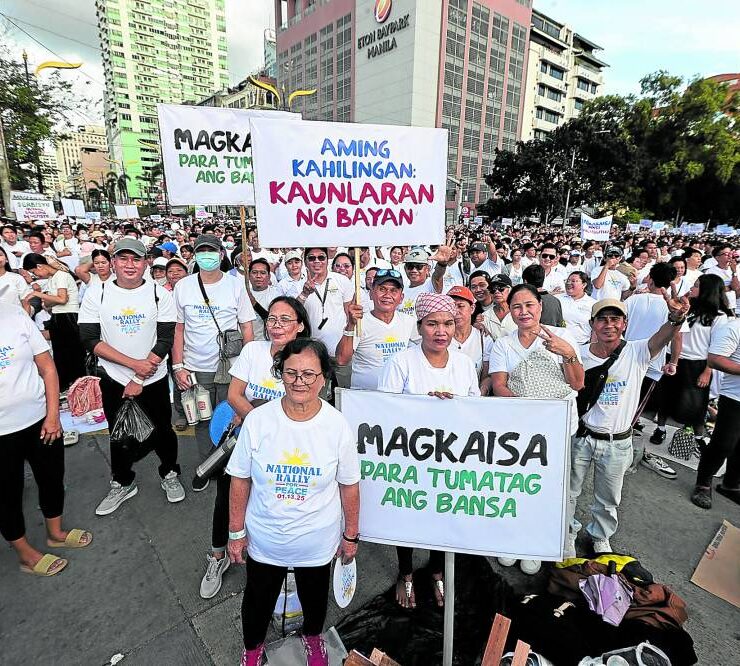Study: Kids know where, how to report online abuse—but don’t
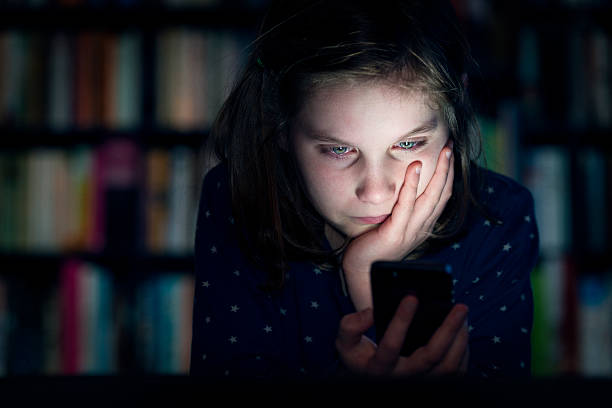
While nine out of 10 Filipino children and young people are aware of child protection services, only a third turn to them when in need of help, a new report has found.
The report, released on June 2025, linked this gap to fear of shame or blame (78 percent), fear of being outed (65 percent), and distrust in adults or authorities (60 percent).
Joe-Anna Abelinde, country director of research partner Terre des Hommes (TDH), told the Inquirer that they initially thought children didn’t know who to turn to in these cases, and realized the hurdle was something else.
Global epicenter
“It’s a wake-up call for us because we keep designing community awareness strategies, and now we just realized that the problem isn’t there, but in jumping the gap between awareness and reporting,” she said.
The study underscores the country’s status as a known global epicenter of livestreamed child sexual abuse, citing earlier data estimating that two million Filipino children were victims of online sexual abuse and exploitation of children (Osaec) in 2021 alone.
The report, cofunded by the European Union through Project CONEC and supported by TDH Netherlands, Philippines Against Child Trafficking, and several local nongovernmental organizations, drew from surveys of over 896 young Filipinos aged 10 to 24 in Bohol, Cebu and Taguig. It also included interviews with community residents, private corporations and other government officials.
The study pays special attention to LGBTQ+ children, who fear reporting because of the possibility of being outed for their sexual orientation or identity.
Holding back
In the survey, 65 percent of children say they hold back on reporting because of this factor—despite the fact that they are at significantly higher risk, with 65 percent reporting they had experienced some form of online sexual abuse, or 19 percentage points higher than their heterosexual peers.
Trans and nonbinary youth feel especially unsafe seeking help, with only 45 percent saying they would feel comfortable doing so.
“For LGBTQ+ children, it’s also difficult especially because they’re not ready to out their identities. Rather than [reporting,] it’s easier not to report,” Abelinde said.
Means of survival
Researchers warn that a vast majority of cases go unreported. Of 169 unreported cases tracked during the study, 59 percent involved girls and 9 percent involved LGBTQ+ children.
“Girls may also have the propensity to succumb to peer pressure to be accepted or to belong. LGBTQ+ children, on the other hand, often seek affirmation in online spaces,” the study said.
Poverty adds another layer to the crisis, especially during the COVID-19 pandemic, Abelinde said. During this time, many families lost their livelihoods and saw livestreamed abuse as a desperate way to survive.
“One of the number one drivers of Osaec, especially during the pandemic, was hunger,” Abelinde said. “Many families saw it not just as a way out of poverty, but simply a way to have something to eat.”
She noted that some parents believed online abuse was less harmful because there was “no physical contact.”
“There’s this perception that ‘it’s just online,’ that children are still safe because there’s no touching involved. But abuse is abuse and the psychological harm is real and lasting.”
Compounding the issue is the complexity of family dynamics. “There are many studies that say the abuse is sometimes committed within the family or by adults children trust in their community,” said Abelinde. And many children often don’t feel safe disclosing abuse to their parents out of fear of being blamed or judged, especially LGBTQ+ youth.
“Our current laws still don’t have the nuance to deal with intrafamilial abuse or to provide clear, ongoing support for survivors,” Abelinda added.
“If a child can’t speak to their parents, the next line of protection has to be the community, and their peers. Many children don’t open up to adults, but they will to someone their own age.”
Lack of jurisdiction
She also expressed concern over the lack of jurisdiction in prosecuting cases involving livestreaming platforms and tech companies, especially when content crosses borders.
“Online sexual exploitation doesn’t follow geographic boundaries, but our laws do. That’s our biggest problem. We can’t prosecute, we can’t abolish the practice if we don’t know where it’s happening or who’s behind it,” Abelinde stressed.
The report calls for a comprehensive, trauma-informed approach to child protection—one that recognizes diverse gender identities, offers affirming peer-based support, and ensures that no child fears seeking help.
“OSAEC evolves fast. From Facebook and Twitter, [it’s] now on TikTok and Telegram. So, I hope [lawmakers] can also keep up in how to respond,” Abelinde said. “That’s a challenge to us, to all duty bearers.”
Where to report
Child abuse cases may be reported through the following hotlines: the Department of Social Welfare and Development at 734-4216, the Commission on Human Rights Child Rights Center at 927-4033, and the Department of Justice Task Force on Child Protection at 523-8481 to 89.
Victims or witnesses may also report incidents to their local barangay council for the protection of children.








